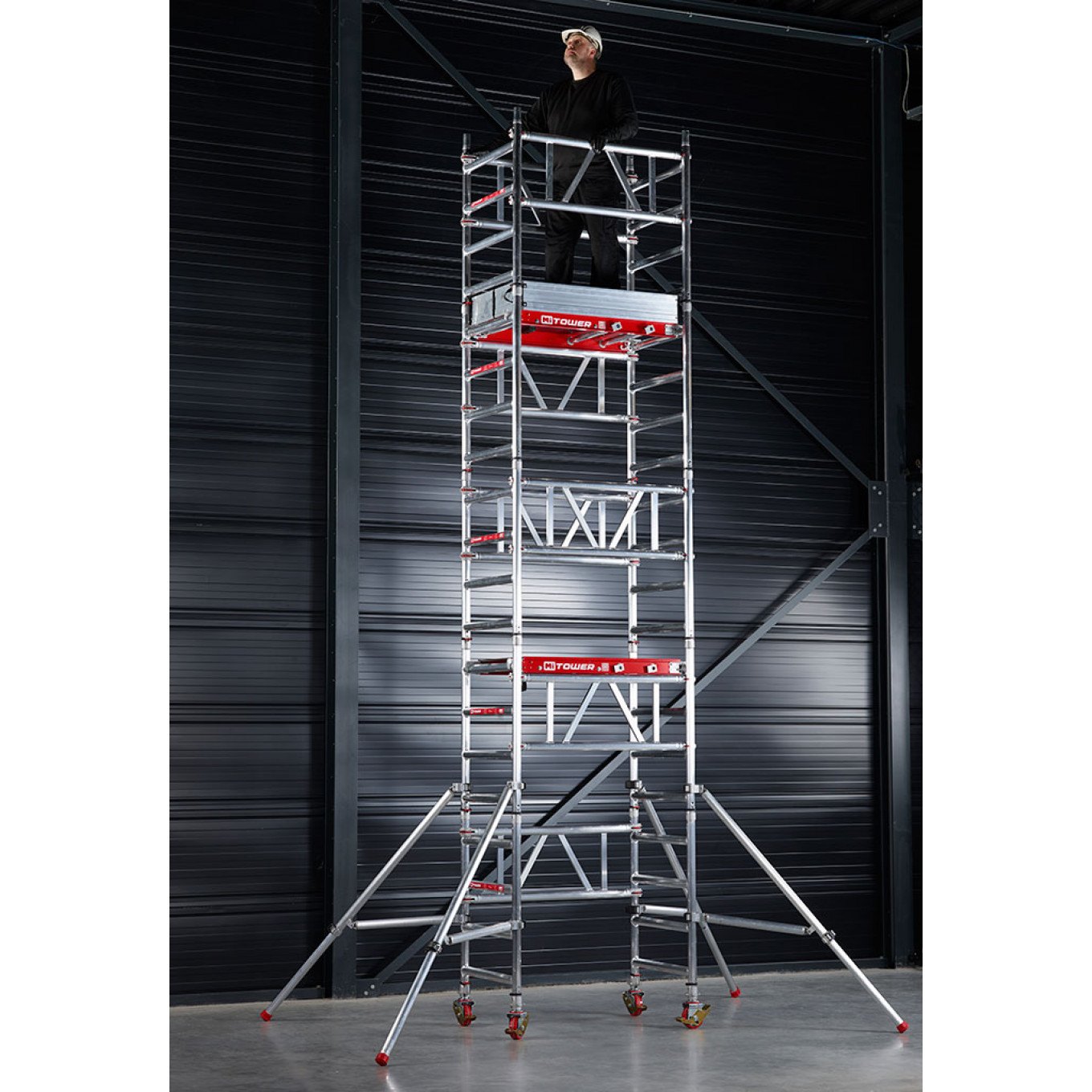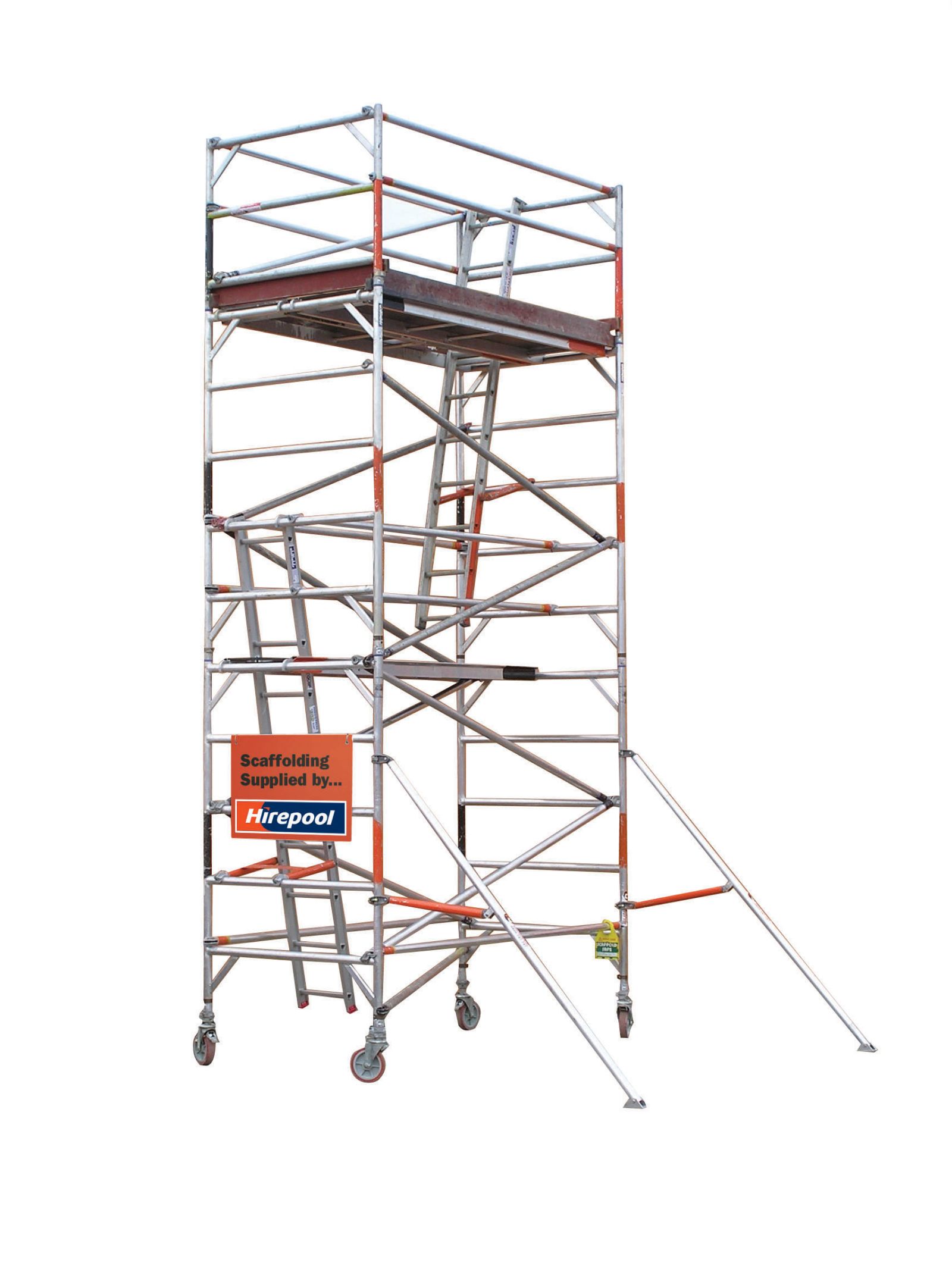Scaffolding Hoists: Raising Your Job to New Levels
Emergency Scaffolding: Quick Fixes for Unanticipated Scenarios ==============================================================
Knowing the sorts of emergency situation scaffolding such as tube and coupler, framework, suspended, pole mountain climbers, and shoring systems is essential. Quick feedback, effective communication, and team sychronisation are vital for speedy activity. Consider website analysis, proper anchoring, arrangement effectiveness, and devices assessment for safety. Stick to safety measures and carry out routine assessments. Take apart efficiently with a detailed plan and proper tools. Each action is vital to ensure safety and security and project continuity. Grasping these quick fixes is vital when unforeseen scenarios develop.
Types of Emergency Situation Scaffolding
In emergency circumstances, various types of scaffolding systems are made use of to swiftly and securely offer short-lived assistance for continuous construction or maintenance work. These momentary options play a vital duty in ensuring the extension of work while maintaining safety and security requirements. When confronted with unanticipated occasions, such as architectural failures or all-natural calamities, the capacity to deploy different products for scaffolding comes to be vital.
One type of emergency situation scaffolding frequently made use of is tube and coupler scaffolding. This system contains steel tubes and couplers that can be quickly constructed to supply strong support. An additional effective option is structure scaffolding, which is functional and simple to set up, making it suitable for emergency circumstances. In addition, systems like suspended scaffolding, mast mountain climbers, and shoring systems offer specialized options for specific requirements.
In emergency circumstances, having a variety of scaffolding alternatives that can be quickly released can make a substantial difference in reducing downtime and making sure the safety of workers and structures. By making use of short-term services and alternate materials, building and maintenance groups can successfully respond to unpredicted obstacles with agility and effectiveness.
Significance of Quick Feedback
Immediately responding to emergencies in construction and upkeep tasks is essential for making sure the security of employees and the timely completion of jobs. When unexpected scenarios arise, such as scaffold failings or structural damage, fast activity is essential to mitigate threats and stop further concerns.
Efficient communication plays a crucial function in the speedy response to emergency situations. Clear and succinct information sharing amongst team members ensures that everybody understands the scenario handy and can act as necessary.
Group sychronisation is additionally essential throughout emergencies, as it allows quick decision-making and appropriation of sources to deal with the concern quickly. By interacting flawlessly, building and construction and upkeep teams can carry out emergency scaffolding remedies successfully, decreasing downtime and improving overall project safety.
Prioritizing a rapid and well organized reaction to unanticipated events not just safeguards the well-being of employees yet additionally adds to the successful and prompt completion of building and upkeep jobs.
Trick Considerations for Arrangement
When addressing the configuration of emergency scaffolding services, precise planning and adherence to safety methods are vital. To ensure the efficiency and performance of the arrangement procedure, the adhering to essential factors to consider need to be thought about:
Site Assessment: Prior to erecting emergency scaffolding, a complete analysis of the website should be conducted to recognize possible dangers, load-bearing capacities, and particular demands.
Appropriate Anchoring: Secure and appropriate anchoring of the scaffolding is necessary to assure security and safety and security. Supports should be mounted according to manufacturer standards and sector requirements.
Arrangement Performance: Time is frequently essential in emergency circumstances. As such, having a well-defined plan and experienced employees can considerably enhance the performance of the setup process.
Equipment Evaluation: Prior to erecting the scaffolding, all equipment needs to undertake a detailed evaluation to verify its stability and functionality. Any kind of harmed or damaged components need to be replaced prior to waging the configuration.

Precaution and Evaluations

Safety and security methods play a crucial role in assuring the safe and secure operation and upkeep of emergency scaffolding frameworks. Following strict safety and security procedures is essential to guard employees and protect against mishaps. Inspection guidelines develop an essential component of these methods, as routine and thorough assessments aid determine prospective dangers and make certain that the scaffolding remains structurally audio.
Inspections must be executed by trained employees who are well-informed regarding scaffolding security criteria and regulations. They ought to check for any kind of signs of damages, such as splits, rust, or loose connections, and guarantee that all parts are appropriately set up and secured. Any type of issues determined during examinations ought to be quickly dealt with to preserve the stability of the scaffolding structure.
Tips for Reliable Taking Apart
Reliable taking down of emergency situation scaffolding frameworks is crucial to completing the job safely and properly. To assure a smooth dismantling procedure and conserve time, take into consideration the complying with tips:
Plan Ahead: Prior to starting the taking apart procedure, produce an in-depth plan detailing the actions included and appointing obligations to team members.
Use Correct Devices: Use ideal devices and tools to dismantle the scaffolding effectively. This consists of wrenches, hammers, and safety and security gear to protect employees throughout the process.
Comply With Supplier Guidelines: Describe the maker's guidelines for dismantling the details kind of scaffolding utilized. Abiding by these guidelines guarantees a risk-free and reliable taking down procedure.
Arrange Parts: Keep track of all scaffold components during taking apart by organizing and labeling them. This will help improve the reassembly procedure if the scaffolding needs to be made use of once more in the future.
Regularly Asked Concerns
Can Emergency Situation Scaffolding Be Used as an Irreversible Remedy?
While emergency situation scaffolding can offer immediate support, it may not be appropriate for long-lasting usage as a result of problems about architectural stability and safety. Purchasing a long-term option guarantees lasting sustainability and cost-effectiveness for ongoing building tasks.
What Are the Legal Implications of Utilizing Emergency Situation Scaffolding?

Lawful factors to consider concerning emergency scaffolding involve conformity with safety and security laws, possible liability issues, and guaranteeing correct setup by qualified experts. Failure to abide by lawful requirements may cause fines, accidents, and lawful ramifications.
Are There Any kind of Limitations on the Height or Weight Capability of Emergency Situation Scaffolding?
Height limitations and weight restrictions are necessary aspects when taking into consideration emergency situation scaffolding. Safety preventative measures must always be observed to ensure structural honesty. Following these standards is essential to avoid mishaps and maintain a safe work environment.
How Can Weather Condition Conditions Influence the Performance of Emergency Situation Scaffolding? scaffold platforms
Weather conditions, such as rainfall and strong winds, can considerably affect the effectiveness of emergency scaffolding. Rainfall can make surfaces slippery, posturing a safety and security hazard, while high winds can undercut the framework, risking collapse. Proper analysis and safety measures are important.
Is There Unique Training Required to Establish and Take Apart Emergency Situation Scaffolding?
Specialized training is essential for setting up and taking apart emergency situation scaffolding. https://harlesdenscaffolding.co.uk/index.html It ensures safety preventative measures are followed, proper devices handling, and effective execution of tasks. Training covers threat analysis, setting up methods, and emergency procedures.
Conclusion
To summarize, emergency situation scaffolding is important for fast solutions in unpredicted circumstances.
It is important to react without delay and consider important aspects for setup.
Focusing on safety measures and inspections is crucial, as is effectively taking apart the scaffolding when no more required.
Appropriate planning and application of emergency scaffolding can help in reducing threats and assure a risk-free working environment in times of crisis.